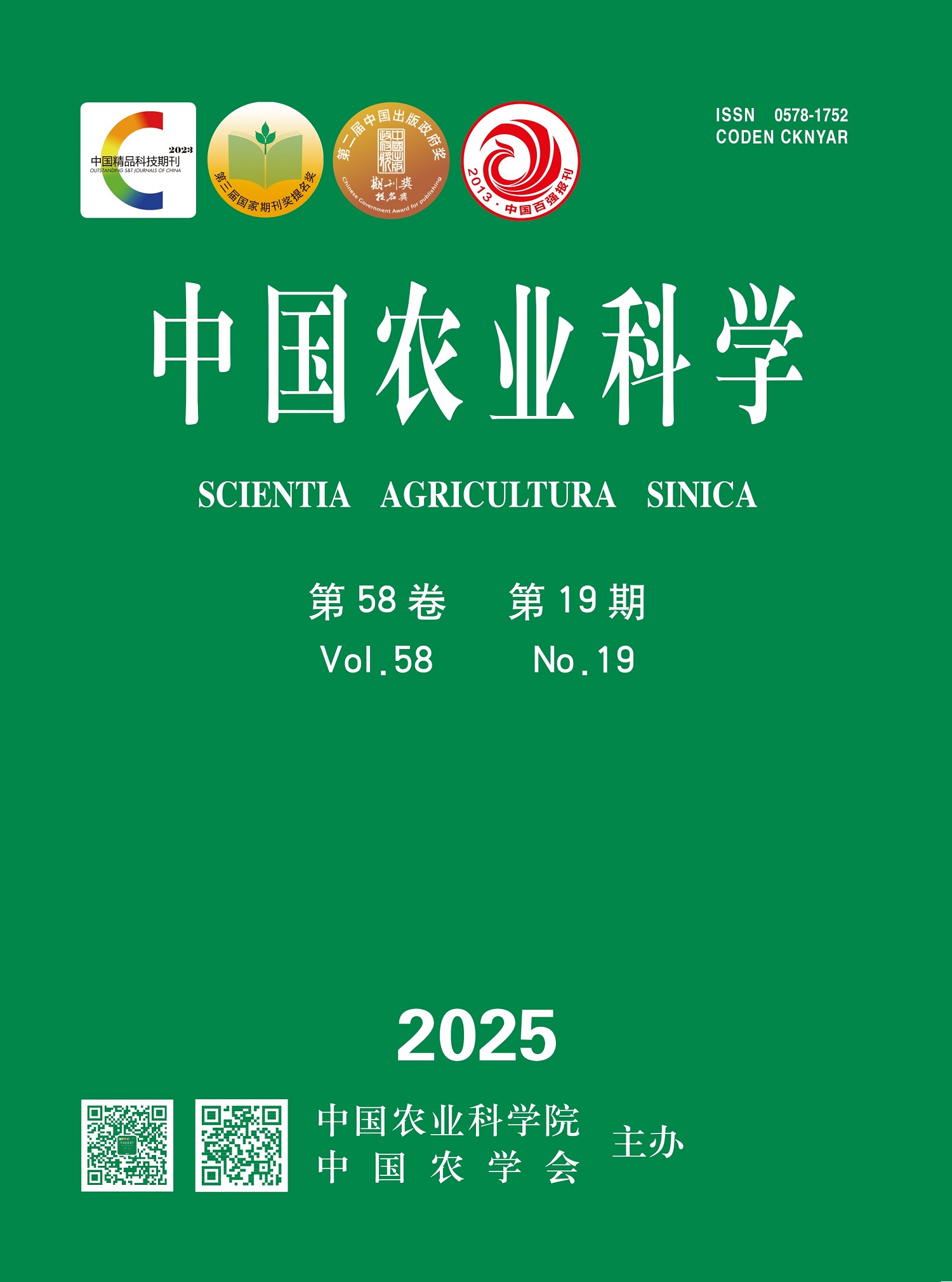【Objective】Elucidating the active components of Illicium verum and Curcuma phaeocaulis essential oils and their effects on enzyme activities of Plutella xylostella to provide a theoretical basis for the development of botanical insecticides against this pest.【Method】Essential oils were extracted by steam distillation, and their contact and stomach toxicities against 3rd-instar larvae of P. xylostella were determined using insect immersion and leaf-dip methods. The chemical compositions of the essential oils exhibiting promising insecticidal activity were analyzed by gas chromatography-mass spectrometry (GC-MS). The effects of cinene and zederone on the activities of acetylcholinesterase, Ca2+-Mg2+-ATPase, carboxylesterase, and catalase in P. xylostella were determined using a UV-Vis spectrophotometer.【Result】The LC50 of I. verum essential oil for contact toxicity against P. xylostella on the 4th day was 54.40 μg·mL-1, while that of C. phaeocaulis essential oil for stomach toxicity on the 4th day was 71.56 μg·mL-1. GC-MS analysis revealed that the main components of I. verum essential oil were anethole (85.96%), estragole (6.23%), p-anisaldehyde (3.73%), and cinene (1.19%). The major constituents of C. phaeocaulis essential oil were epicurzerenone (50.64%), germacrone (14.10%), curcumenol (8.22%), furanodienone (3.99%), curzerene (2.27%), eucalyptol (1.99%), zederone (1.94%), β-elemene (1.40%), β-eudesmol (1.06%), and α-caryophyllene (1.02%). The main chemical components of I. verum essential oil, including cinene, estragole, p-anisaldehyde and anethole exhibited contact toxicity against P. xylostella with LC50 values of 57.99, 205.21, 111.76, and 86.48 μg·mL-1 on the 4th day, respectively. The major chemical constituents of C. phaeocaulis essential oil, including eucalyptol, β-elemene, α-caryophyllene, curzerene, epicurzerenone, β-eudesmol, germacrone, curcumenol, furanodienone, zederone showed stomach toxicity against P. xylostella with LC50 values of 54.48, 350.93, 44.75, 376.45, 497.66, 50.94, 28.58, 7.27, 28.36, and 4.34 μg·mL-1 on the 4th day, respectively. The stomach toxicity of zederone was stronger than that of the positive control, pyrethrin. With the increase in cinene treatment concentration, the activity of acetylcholinesterase in P. xylostella exhibited an initial inhibition, followed by recovery, subsequent reactivation, and eventual return to baseline levels. Ca2+-Mg2+-ATPase and carboxylesterase activities demonstrated sustained activation, while catalase activity showed an initial activation, followed by a period with no significant difference compared to the control. Under elevated zederone treatment concentration, acetylcholinesterase activity in P. xylostella displayed initial activation that subsequently normalized to control levels. Both Ca2+-Mg2+-ATPase and catalase maintained persistent activation throughout the experiment. Carboxylesterase activity showed a triphasic response: initial stimulation, intermediate suppression, and final reactivation.【Conclusion】The compounds demonstrating notable insecticidal activity against P. xylostella in I. verum and C. phaeocaulis essential oils were identified as cinene and zederone, respectively. These findings provide a theoretical foundation for the development and utilization of I. verum and C. phaeocaulis plant resources, as well as for the control of P. xylostella populations.









